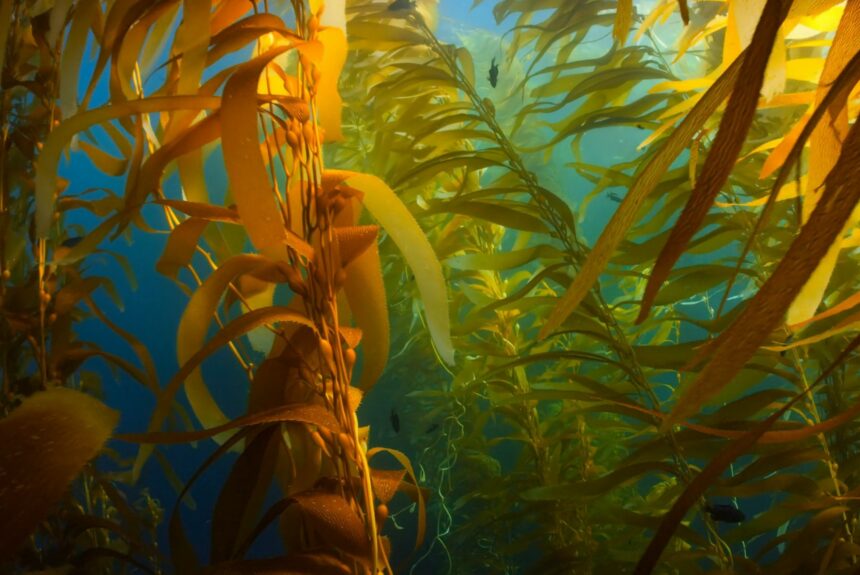Juliet Eilperin of The Washington Post reports on Alaska’s seaweed gold rush.

- Alaska fisherman and conservation groups are turning to kelp and seaweed farming to address climate change and turn a profit.
- Seaweed absorbs nitrogen and carbon as it grows, does not require fertilizers to grow, and provides several nutritional benefits when eaten.
- To make consumers more familiar with seaweed as a food Juneau-based Barnacle Foods is making salsas, chocolates, and hot sauce with the crop.
- Scientists are also exploring the long-term carbon sequestration potential of seaweed if it is buried on the seafloor.
“Alaska has already attracted large operators. Seagrove Kelp now ranks as the country’s largest active seaweed farm. There are nearly a dozen other applications pending for kelp farms of at least 100 acres submitted by a mix of Alaskan, out-of-state and overseas players.”
Read the full article here.
The views and opinions expressed are those of the author’s and do not necessarily reflect the official policy or position of C3.
